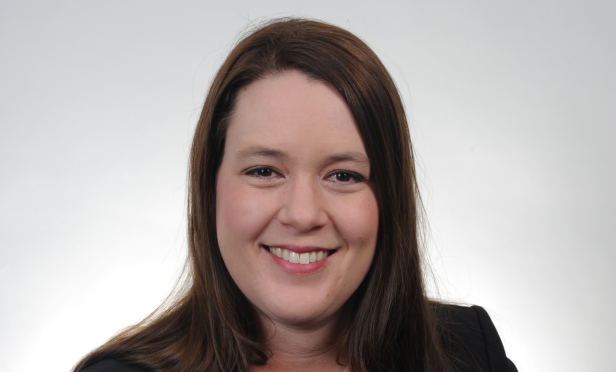 The Phoenix market continues its growth spurt. It's latest record: office absorption. In the first quarter, Phoenix recorded 1.05 million square feet of total office absorption with new leases accounting for 900,000 square feet of leasing activity, according to a local market report from JLL. This is a 10-year record for office absorption for the market. Phoenix has been rapidly growing, thanks to an expanding economy, educated talent pools and low cost of living.
The Phoenix market continues its growth spurt. It's latest record: office absorption. In the first quarter, Phoenix recorded 1.05 million square feet of total office absorption with new leases accounting for 900,000 square feet of leasing activity, according to a local market report from JLL. This is a 10-year record for office absorption for the market. Phoenix has been rapidly growing, thanks to an expanding economy, educated talent pools and low cost of living.
“Phoenix has one of the lowest costs of doing business than any other U.S. metropolitan area at 3.8%, lower than the baseline average,” Jennifer Farino, research analyst at JLL Phoenix, tells GlobeSt.com. “This has companies looking to Phoenix as an alternative location that avoids some of the higher costs in cities that line the West Coast. As a result, the Phoenix office market is developing a solid and more diverse tenant base, with unemployment rates low and consumer confidence high throughout the Valley. These are all factors that bode well for sustainable office demand.”
Chandler-Gilbert and Tempe are the most in-demand office submarkets. Of the six top office deals signed in the first quarter, five of them were in one of these two markets, while the sixth was in the Camelback Corridor. These markets are also home to the fastest growing markets, including technology companies and there central location make them ideal for many companies coming to the market.
“Each of these communities are well placed in the market area, providing short commutes for people living in multiple locations throughout the valley,” says Farino. “With the average commute in metro Phoenix at 25 minutes, this reach is great for executives, managers and workers looking for a central location to come to work. For technology companies, Tempe, Chandler and Gilbert all provide close proximity to other tech operations and the educated labor force that is graduating Arizona State University on an annual basis, giving them great access to highly skilled labor already familiar with the area.”
Despite the strong absorption, office investment sales actually declined slightly in the first quarter to $172 million. However, Farino says that the fundamentals will drive investor interest. “Phoenix fundamentals are keeping a strong attention hold on investors with positive trends including population growth, education retention and continued positive net absorption,” she says. “These rudiments will continue to attract investors, company headquarters and tech users to the valley.”
There are currently 78 tenants looking for more than 4.6 million square feet in the market, meaning that office absorption should remain strong through the year. “First quarter marked Phoenix's 23rd straight quarter of positive net office space absorption,” adds Farino. “This upward trend is expected to continue throughout 2019 and conceivably into 2020. The development pipeline is providing a health supply of new product, and regional housing developments are increasing to support a fast-growing population. These features bode well for the sustained growth of the office market.”
© Touchpoint Markets, All Rights Reserved. Request academic re-use from www.copyright.com. All other uses, submit a request to [email protected]. For more inforrmation visit Asset & Logo Licensing.






